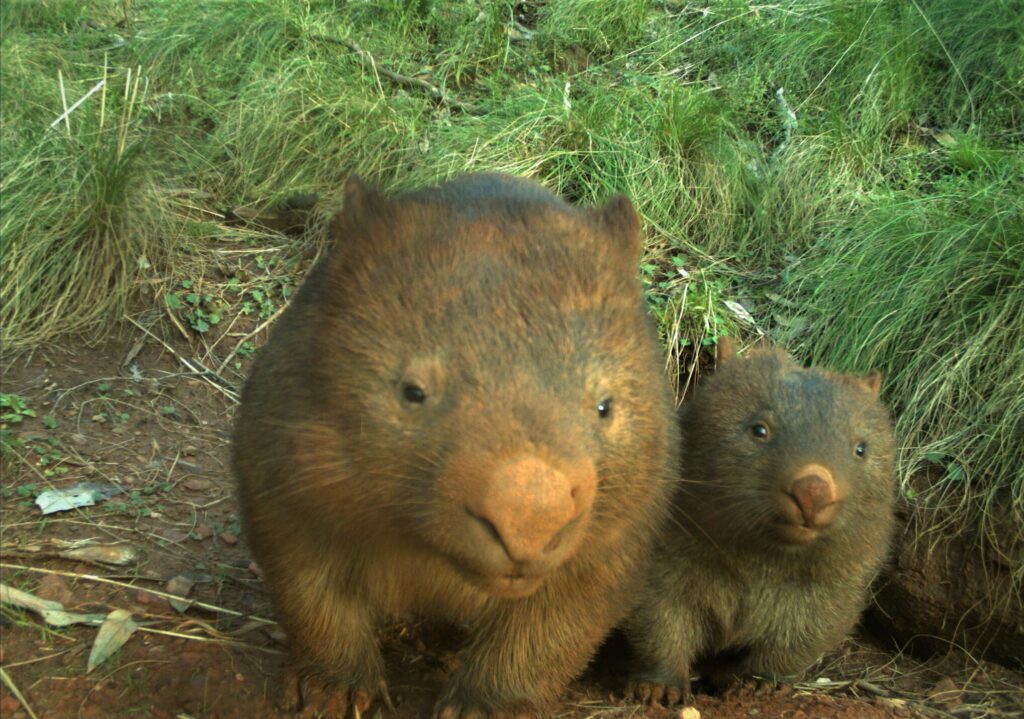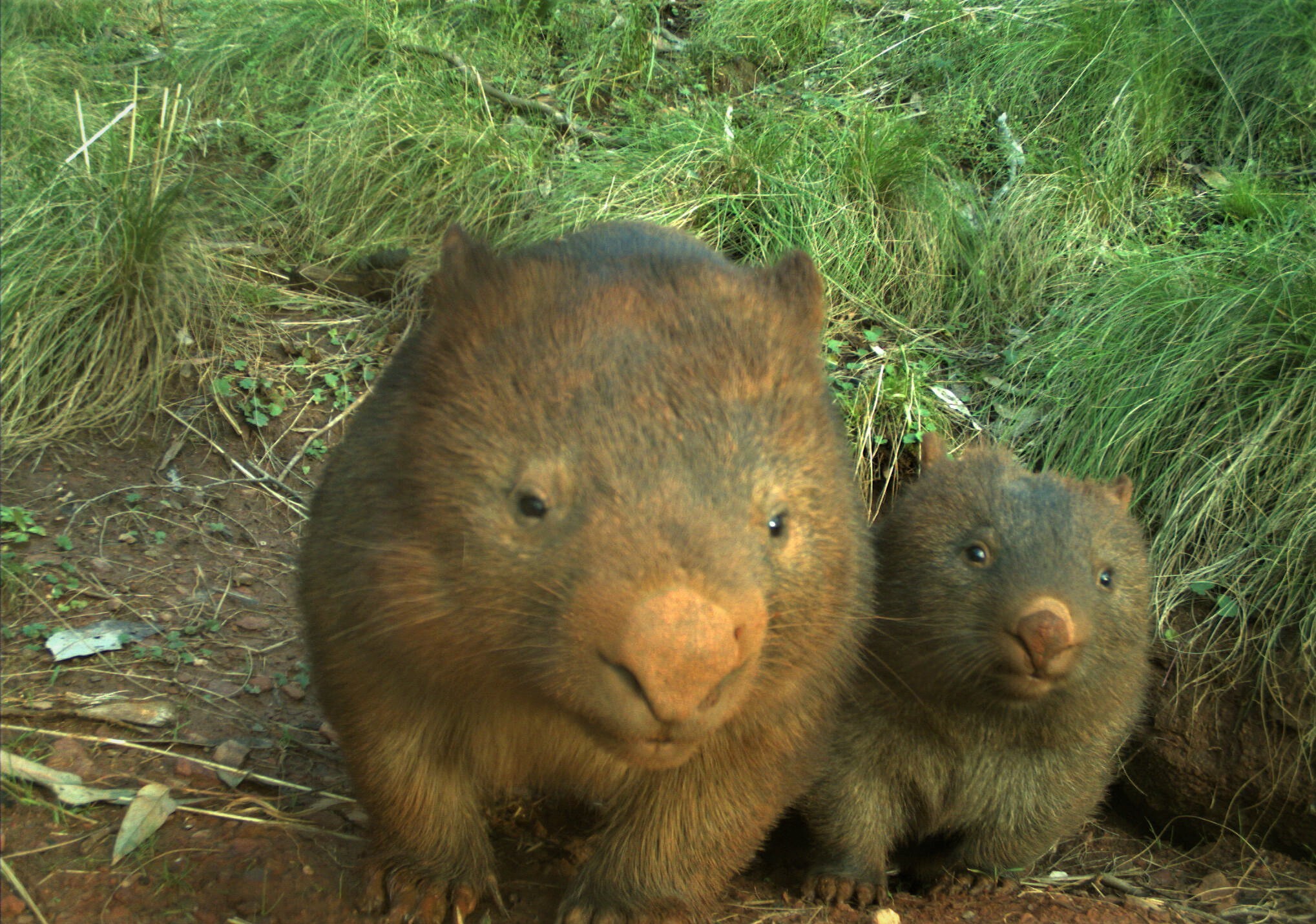By Jonathon Howard
Wombats have an important role in helping our forest wildlife recover from megafires.
Every ecosystem has certain species that are critical to the survival of the other species. They are sometime labelled ‘keystone species’. New research is showing wombats may play an increasingly important role in the survival of other species as our environment become more fire prone. How fauna responds to fire is particularly important as fire is a widespread process across the globe. In fact, fire burns 3-5% of the planet every year. Australia has recently experienced what scientists are labelling ‘megafires’ – a new phenomenon brought about by climate change. So how does our wildlife manage?
Our story begins back in 2018, when the Audubon Zoo in the United States had a number of shingleback lizards for their ‘Reptile Encounter’ experience. Some of these were on public display while others were in an off-exhibit backup area in the staff tea room. Funnily enough, the ones in the off-exhibit area were inadvertently exposed to light smoke, due a staff member accidentally burning a pastry in a toaster in that room. The lizards that were exposed to the smoke began pacing swiftly, repeated tried to escape their enclosures, and began rapid olfactory-related tongue-flicking. Those that were on display, however, did not exhibit any change in activity or behaviour.
We now know that our wildlife use a range of cues to sense fire in order to give them an ‘early warning’. They use a variety of senses: smell, sound, and sight. Some can smell fire, others detect the chemical compounds in smoke, or listen to the crackling sound of a fire. For example, juvenile reed frogs respond to playbacks of the sound of fire by fleeing in the direction of protective cover, where they are safe.
How do wombats fit in? The role of species that burrow is increasingly recognised by ecologists concerned about the impact of fires. For example, burrows created by wombats could also serve as ecological refuges for a diverse array of other organisms. A recent study from Albury scientists explored the ecological role of Wombat burrows in a forest affected by the 2019–20 Black Summer fire. Using camera traps they found the activity of several species including bush rat, agile antechinus, lace monitor, painted button-quail, and grey shrike-thrush increased at sites where wombat burrows were present.
The burrows that wombats make are deep and complex. They can be over 15 metres long with multiple entrances and chambers. Wombat burrows seem to act as ‘fire refuges’ – providing vital shelter, food, and even drinking water during and after a bushfire. They provide a valuable ecosystem function that might help other wildlife. This suggests if we protect wombats in our forests, it will benefit various species across many of Australian fire prone ecosystems.

Image: Camera trap records adult wombat and juvenile emerging from their burrow, photo by Prof Dale Nimmo.

